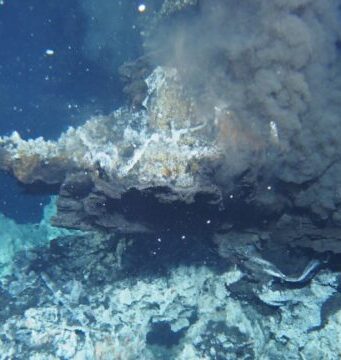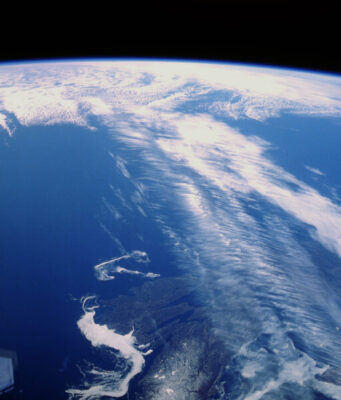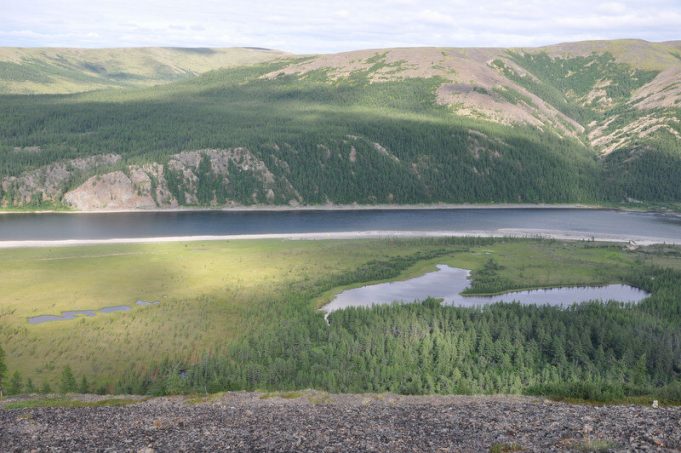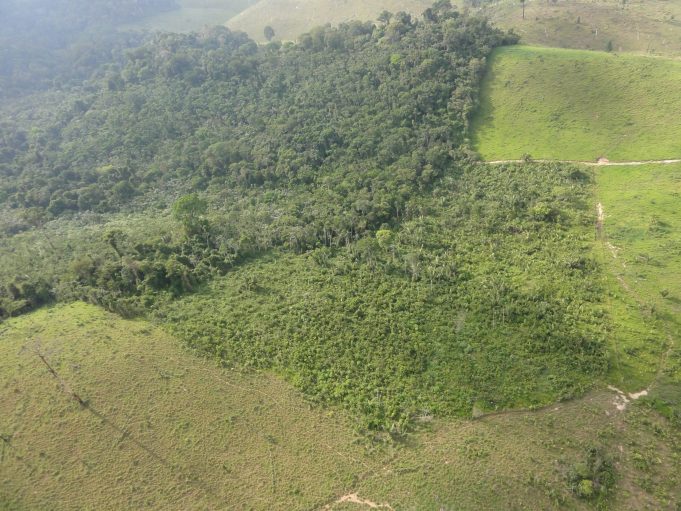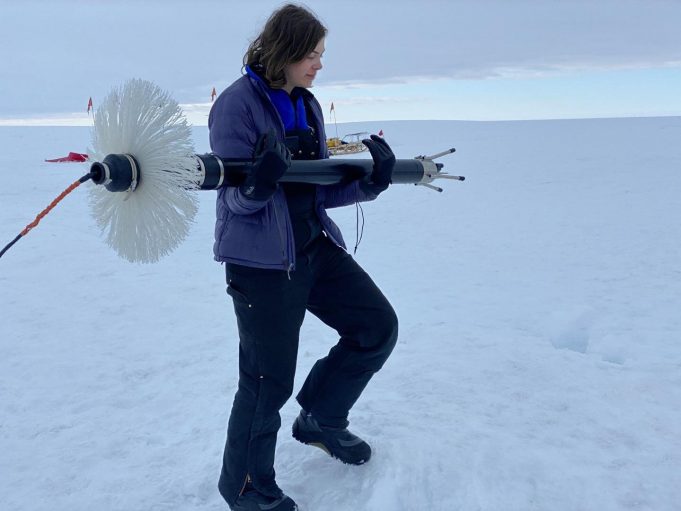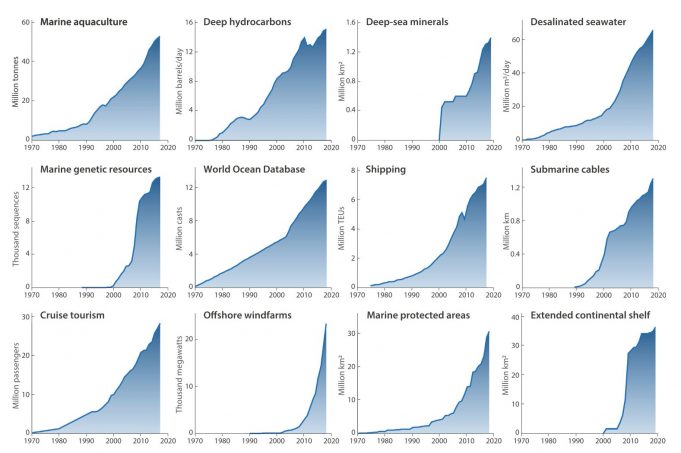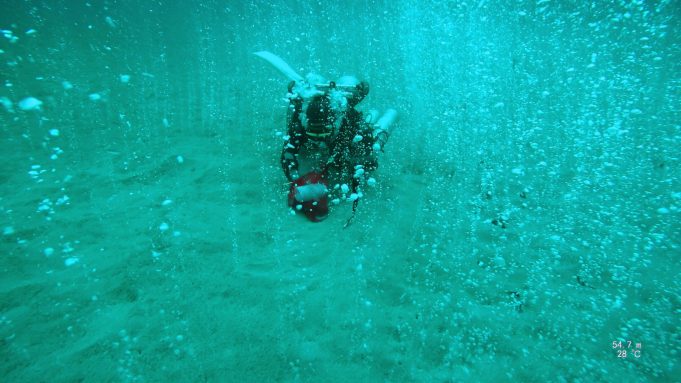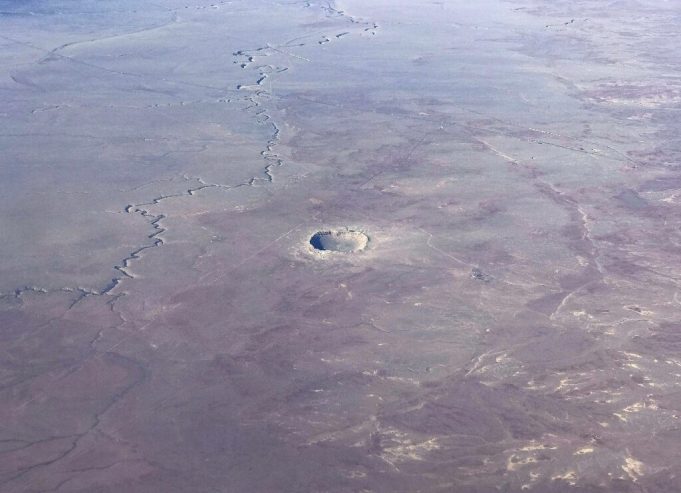An emerging scientific consensus is that gases—in particular carbon gases–released by volcanic eruptions millions of years ago contributed to some of Earth's greatest mass extinctions. But new research at The City College of New York suggests that that's not...
Currently, re-growing forests comprise roughly 21% of previously deforested areas in the Brazilian Amazon. However, these forests, referred to as secondary vegetation, have been little studied, despite occupying a total area similar to that of the United Kingdom.
Now, researchers...
Nearly 40 years ago, analog data tapes faithfully recorded intense seismic activity in the two months before the historic eruption of Mount St. Helens in Washington State in May 1980. It took some lengthy and careful restoration efforts—including a...
Tiny meteorites no larger than grains of sand hold new clues about the atmosphere on ancient Earth, according to scientists.
Iron micrometeorites found in ancient soils suggest carbon dioxide made up 25 to 50 percent of Earth's atmosphere 2.7 billion years ago,...
University of Wisconsin-Madison researchers have developed nanoparticles that, in the lab, can activate immune responses to cancer cells. If they are shown to work as well in the body as they do in the lab, the nanoparticles might provide...
Human pressure on the world's oceans accelerated sharply at the start of the 21st century and shows no sign of slowing, according to a comprehensive new analysis on the state of the ocean.
Scientists have dubbed the dramatic rise the...
Diving 200 feet under the ocean surface to conduct scientific research can lead to some interesting places. For University of Texas at Austin Professor Bayani Cardenas, it placed him in the middle of a champagne-like environment of bubbling carbon...
A crater in western Australia was formed by a meteor strike more than 2.2 billion years ago and is the world's oldest known impact site, new research published Wednesday shows.
The study marks the first time that the Yarrabubba crater...
Deep within Earth, swirling liquid iron generates our planet's protective magnetic field. This magnetic field is invisible but is vital for life on Earth's surface: it shields the planet from harmful solar wind and cosmic rays from the sun.
Given...
Constraining the history of earthquakes produced by bedrock fracturing is important for predicting seismic activity and plate tectonic evolution. In a new study published in the Nature journal Scientific Reports Jan 17, 2020, a team of researchers presents a new microscale...
Volcanic activity did not play a direct role in the mass extinction event that killed the dinosaurs, according to an international, Yale-led team of researchers. It was all about the asteroid.
In a break from a number of other recent...


